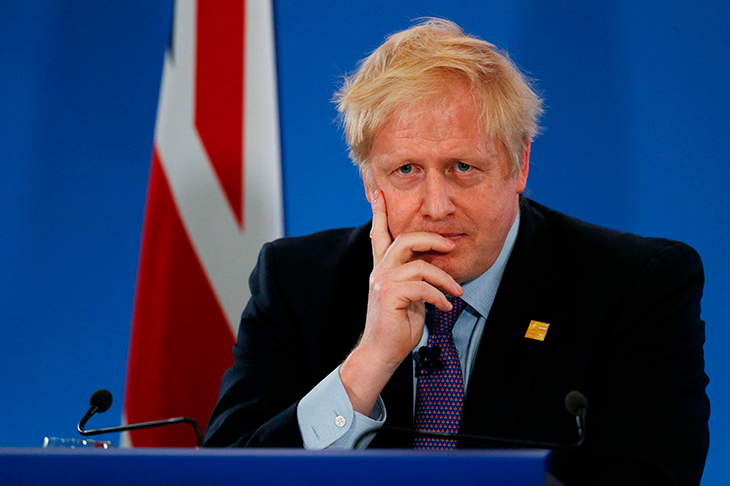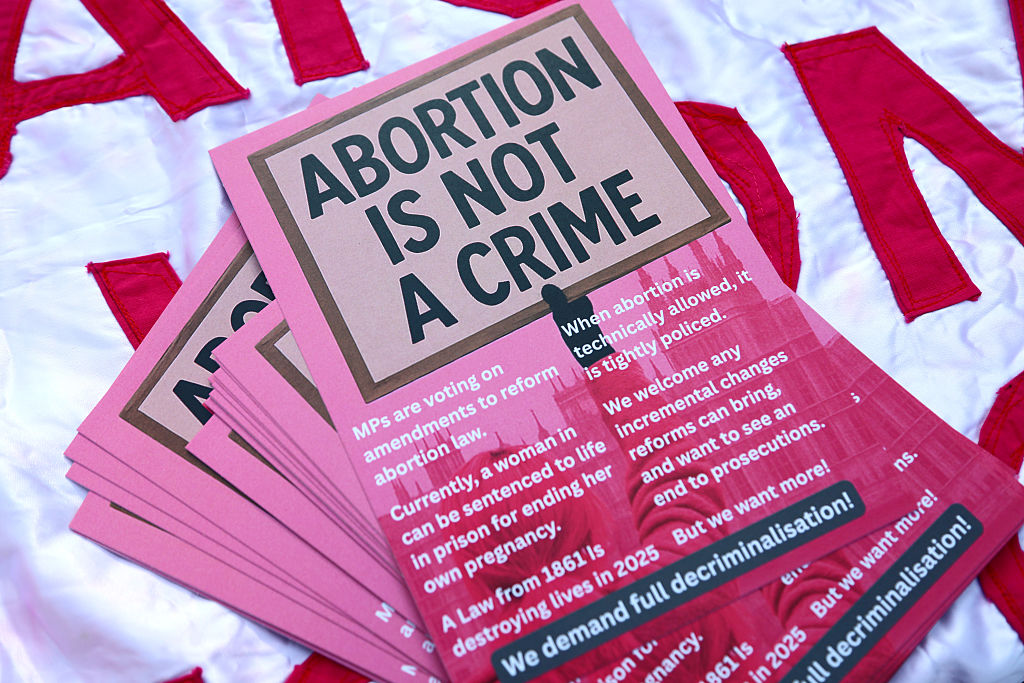Despite their consistent poll lead, the Tories are anxious. There is only a week to go and in many seats the race is far too tight for comfort. Because they have no potential partners in a hung parliament, if the Tories win, it will be by the ‘skin of their teeth’, I’m told. ‘There’s quite a lot of nervousness at CCHQ,’ says one cabinet minister sounding decidedly nervous.
The big Tory concern is that the Remain vote is beginning to coalesce around Labour. To date, the Tories have benefited from the fact they’re uniting the Leave vote, while Remain is split. If that changes, the likelihood of a majority will be greatly reduced.
How has Labour managed to pull off this squeeze, when Jeremy Corbyn himself has said that he would stay neutral during a second Brexit referendum? Perhaps, as one Tory campaign aide frets, the Tories have been ‘too effective at framing this as a binary choice’. He continues: ‘If we’re going to get Brexit done, then Remainers will vote for the other guy, whatever he says.’
The question now is: what is the floor of the Liberal Democrats’ support? There should be enough voters who want to vote for an unequivocally pro-Remain party to keep the Lib Dems’ share of the vote in double digits, and if they maintain their current share, it is hard to see how Labour can make up enough ground to deny the Tories a majority. But if the Lib Dems slip much further, the election could get very close indeed.
Most senior Tories still expect a slim Conservative majority at the end of all this. They believe that Jeremy Corbyn and a desire to get Brexit done will see them home. Corbyn’s ratings haven’t climbed in anything like the way they did in 2017. He still trails Boris Johnson by around 20 points on the question of who would make the better prime minister. A focus on Corbyn is particularly useful for the Tories as he is unpopular with both Labour Leavers and Tory Remainers, helping to stick together Johnson’s electoral coalition. The Tories’ closing argument will be, as it has been throughout this campaign, ‘get Brexit done’. They believe that this is their most potent message as it appeals to both Leavers and those Remainers who are just weary of the whole debate and have no desire for a second referendum.
Up to now, the Tories have spent little of their campaign budget. Their plan has always been to ‘close hard’, calculating that a particularly large number of voters will make up their minds in the final days of this campaign. The Tories also hope that this last-minute advertising blitz will help counter-act any swing back to Labour. As one of those close to Johnson puts it: ‘What worries us most is that an undercurrent pulls people back to Labour at the last minute.’
A week out, the Tories would take any sort of majority. Every Tory candidate is pledged to vote for Johnson’s Brexit deal and so this country would leave the EU on January 31 as long as the Conservatives win outright. But once that has happened, things would become very complicated if the majority was smaller than 15. As one of those who would have to maintain party discipline in the new parliament warns: ‘You can get half a dozen or so MPs to kick up on any issue.’
This, then, is the challenge facing the Tories: the glue sticking together their electoral coalition will have dissolved by January 31 or soon after. Corbyn would not survive losing a second general election, especially one that resulted in a Tory majority. If Labour are defeated again, his departure would become a question of ‘when’, not ‘if’. Equally, if the Tories do get over the line and the UK leaves the EU, the emotional pull of Brexit as an issue will be greatly reduced.
Johnson’s challenge will be to find new ways to keep his coalition together after the election. With a majority, we can expect him to continue to push his new Toryism. As he set out in his interview with this magazine last week, he doesn’t want his government to be a continuation of the past nine years, but to offer a different agenda. The Tories will simultaneously spend more money on the National Health Service and take a tougher line on law and order; something that Westminster sees as a shift to the left and the right respectively, but that most voters view as the common ground of British politics. However, the centerpiece of this new agenda will be infrastructure spending.
Johnson is a fan of grands projets. He believes that they drive economic growth — a belief shared by Sajid Javid, the chancellor, who is convinced that the government will be able to borrow cheaply for the foreseeable future (see his interview with Fraser Nelson). Expect a splurge of capital spending if the Tories win the election. But as one cabinet minister points out, the problem with relying on infrastructure to sustain a Tory majority is that it takes years to deliver these projects. Even if Johnson threw his government’s full weight behind Northern Powerhouse Rail, it still wouldn’t be anywhere near built by the next time the country goes to the polls.
Only once in the modern era has a party won a fourth term: the Tories in 1992. If they manage the same feat on December 12, it will be because Johnson has successfully portrayed his government as a new one. But if he is elected as a new Tory, he will have to govern as a new Tory. To succeed, the party must become very different in terms of both policies and priorities.
This article was originally published in The Spectator’s UK magazine. Subscribe to the US edition here.


























